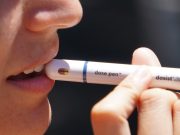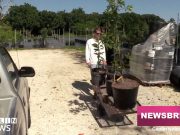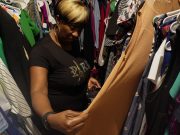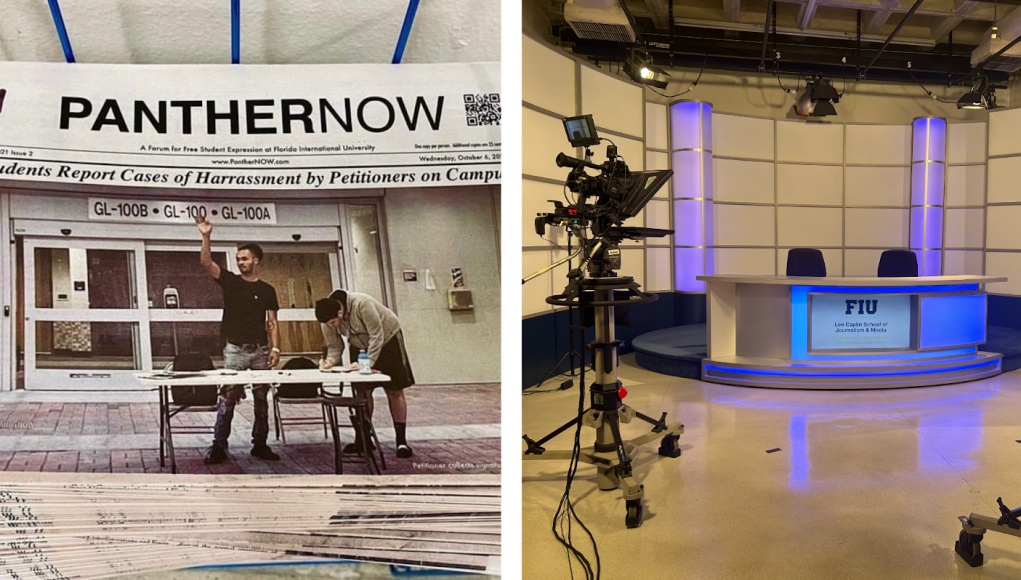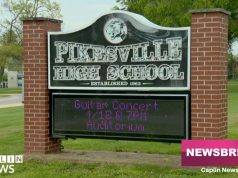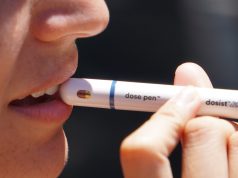This story is part of How we know what we know: An investigative series.
Two news events that left a sizable impact on the state of newsrooms were the 2016 presidential election and the COVID-19 pandemic. What connected them was a thread of misinformation woven from baseless facts and conspiracies.
Years later, the hysteria they unleashed has led newsrooms nationwide struggling to maintain their credibility. As public opinion about the reliability of the media shifts toward uncertainty, it’s essential to understand how student journalists, who are not only a trusted voice for their peers but also the future South Florida newsrooms, deal with the rampant threat of the spread of misinformation.
I spoke to four South Florida student news outlets about their process of gathering, verifying and printing information. Here’s how they differed and were similar to one another:
The Gathering
At PantherNow, Florida International University’s student-led news outlet, contributors cover school issues, relying on students and professors as sources. However, when the student publication decides to produce more ambitious stories, they look for media sources and people who can provide better insight into the matter.
The outlet also uses a distinct method of gathering its source in what Elise Gregg, director of PantherNow, describes as “networking information.”
“When doing our stories, we always start by deciding whom we will talk to,” explains Gregg.“We also ask our sources, ‘what else can we write about this.’”
Similarly, The Miami Hurricane, the University of Miami’s student newspaper, deals primarily with school news. Their primary sources of information are professors and students. They also rely on third-parties when producing news stories outside of the campus.
“We write a wide variety of things,” said Partick McCaslin, business manager at Miami Hurricane. “On the news side, we use websites ending with .edu and .gov.”
Caplin News, Florida International University’s faculty-managed, student-run news outlet, uses primary and third-party sources by either gathering information through their reporting or using other media sources for information.
Chuck Strouse, the director of the outlet, tells us that the network relies on people they “interview,” “government documents,” “information provided by the government,” and “anything that [is considered] news.”
At Nova Southeastern University’s student publication, The Current, reporters are sent to gather information.
They rely on all types of sources, explains Chris Delboni, the director of The Current.
“We interview people in all positions, students, administrators, and professors,” she explained.
While Delboni never specified that “all types of sources” include third-party sources as well, a quick dive into the Current’s website showed that reporters were relying on The Associated Press, CNN, and The New York Times for information on broader issues in the same way The Current, PantherNow, and CaplinNews do.
The Verifying
Now that it’s clear that student publications are relying primarily on people and other third-party sources, the question lies in whether they verify the information gathered and how they do it.
Each publication described a different way of verifying and fact-checking information. Some approaches were more comprehensive than others.
PantherNow’s method was seemingly the most impressive. The publication says they try to have “multiple sources,” “check facts,” and “search online.” For their sources, they try to find one that “fact-checks itself,” as for the facts and information they find online, they try to look for its primary source.
CaplinNews, on the other hand, doesn’t have a definite way of verifying information; instead, they ask their sources.
“When they [reporters] are concerned with accuracy, they talk to the sources again,” explained Strouse.
Similarly, The Current lacks a verification process. Delboni says they “double-check and make sure everything is accurate.”
Then, over at Miami Hurricane, when professors and students are the primary sources, McCaslin says they “have no way to verify that,” so they clarify that by stating the information is shared by the university. However, looking through their website, neither the articles nor the about page included any statement of that sort.
One of the most common ways journalists verify their facts and debunk false claims is by using fact-checking databases, such as Politifact and factcheck.org. However, when I asked PantherNow, Caplin News, The Current, and The Miami Hurricane whether they use fact-checking databases, only PantherNow said they used them.
“It depends on the specific story and the information offered on those databases,” Gregg explained.
The Miami Hurricane says they prefer their fact-checking process to databases.
“If there’s a rumor out, double check it somehow but not with a fact-checking database,” McCaslin explains what he tells reporters. “I prefer they don’t rely on fact-checking databases because I don’t want them to [solely] rely on one fact-checking database.”
Surely, if Caplin News and The Current don’t use fact-checking databases, they must at least have people dedicated to making sure the facts are straight, right?
Well, neither of them does.
Strouse explained that while Caplin News doesn’t have designated fact-checkers, “editors are expected to do it” and he also does it.
As for The Current, they stated that they don’t currently have fact-checkers but have one copy editor, three other editors, and an editor-in-chief, assuming they are the ones verifying the facts and sources.
The Miami Hurricane has a similar process as The Current, with three editors: a section editor, a managing editor, and an editor-in-chief.
“We have the writer, and then we have the section editor, after that, the managing editor, who oversees everything, [and then] we have the editor-in-chief,” explains McCaslin. “If it’s a more serious story, it goes through all three levels; usually, it only goes through the section editor.”
Out of the four publications, PantherNow had the most organized way of fact-checking.
“We have multiple rounds of editing,” Gregg explained. “So the article goes around a number of editors and directors. For major articles, we run them by advisors (faculty and club advisors). If we ask them, [and] if they see something to fact-check, they do.”
But what’s even more problematic than the lack of using fact-checking databases was the lack of proper background checks by most of the publications.
Caplin News was the only one that specified that they used county and legal databases for background checks, while The Current said they don’t background check at all.
PantherNow said they typically don’t do background checks for criminal activity unless they have doubts about their sources.
“We are not doing any background checks because the information they are providing us is not relevant to having a background check,” Gregg explained. “If there’s a question of criminal activity for a person, then we check.”
The Miami Hurricane opts for a mere search of public resumes and CVs to verify the identity of the students and professors they interviewed.
“A lot of the time, students are just providing their opinion,” Gregg reasoned for the publication’s lack of emphasis on background checks.
The Printing
Once student publications have gathered their information and verified its accuracy, the only thing left is to go to print. The question now lies in how they deal with rectifying their mistakes and reversing the spread of the misinformation.
PantherNow edits their articles online and adds a disclaimer, doing the same for their Instagram, Gregg explains.
Caplin News also edits their article to add corrections, retractions, and updates.
“Depending on [how important the] news is, we add it in the headline and at the end of the story,” Strouse explained.
The Miami Hurricane deals with this issue in two ways.
“We have a few options,” explained McCalsin. “We can write a whole article writing the correct information or add the correction in the article.”
According to Delboni, the current has never had to deal with any misinformation being published, but if that situation were to occur, they would simply add corrections.
Conclusion
Throughout this investigation, it became evident that these student publications exhibit varying levels of rigor in their fact-checking and verification processes. In a media landscape increasingly plagued by misinformation, these student publications are valuable training grounds for future journalists. Therefore, my recommendation is that they need to create a uniform fact-checking and verification process for their newsrooms.



